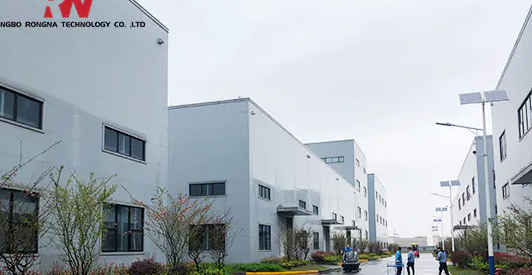Mastering precision in 5-axis CNC milling is a vital skill for any machinist or manufacturing professional looking to unleash the full potential of this advanced machining technique. 5-axis CNC milling allows for complex, multi-dimensional machining operations that are not achievable with traditional 3-axis machines. By leveraging the additional two rotational axes, you can create intricate and precise parts with greater efficiency and accuracy. Here are some key principles to help you master precision in 5-axis CNC milling:
Machine Calibration: Ensuring your 5-axis CNC machine is calibrated correctly is fundamental to achieving precision. Regularly inspect and calibrate the machine's axes, spindle, and tool magazine to maintain optimal performance. Even slight misalignments can lead to cumulative errors in the final product.
Quality Tooling: Invest in high-quality cutting tools specifically designed for 5-axis milling. Consider using carbide or diamond-coated tools, as they tend to offer better performance and longevity. Regularly inspect and replace worn-out tools to avoid compromising the precision of your work.
Understanding Machine Kinematics: Fully grasp the kinematics of your 5-axis CNC machine, including the machine's range of motion and limitations. This understanding will help you plan and execute complex machining operations effectively.
CAM Software: Utilize advanced Computer-Aided Manufacturing (CAM) software that supports 5-axis milling. Modern CAM software can generate toolpaths that optimize tool angles and rotations, minimizing tool and machine movements for improved precision.
Workholding Solutions: Choose appropriate workholding solutions that securely hold your workpiece during machining. Unstable workholding can lead to inaccuracies and part deformation. Consider using vises, fixtures, or custom clamps tailored to your specific project.
Programming Techniques: Mastering 5-axis programming is crucial for precision machining. Understand the different toolpath strategies available, such as simultaneous 5-axis machining, 3+2 machining, and tool axis control. Select the most suitable strategy for your part's geometry and complexity.
Testing and Simulation: Before running the actual job, use simulation software to verify and optimize your toolpaths. Simulation helps detect potential collisions, interference, and inaccuracies, allowing you to make adjustments and avoid costly mistakes.

